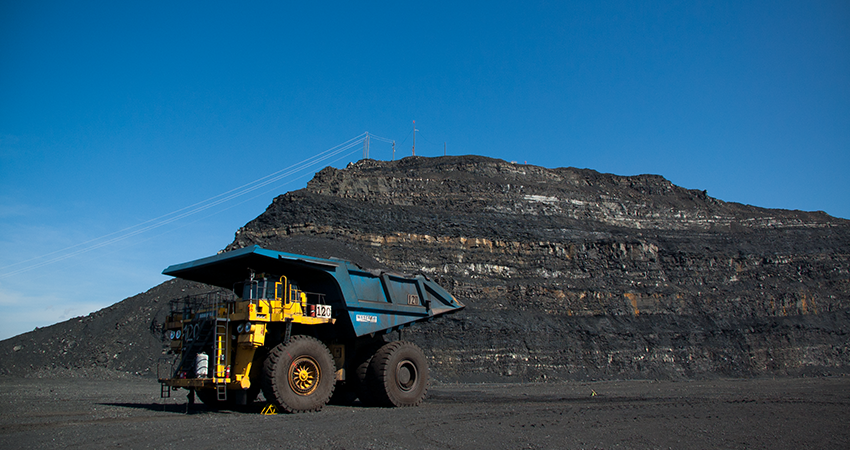A Continuous Improvement Success Story.
Continuous Improvement is about taking a look at our operating processes and asking ourselves: are there ways we can do this better, to safely reduce costs and improve performance?
A One Teck approach to Continuous Improvement takes this one step further, by finding ways to take successful Continuous Improvement initiatives at one site and applying them at others across Teck—and mine to mill optimization initiatives are an example of doing exactly that.
Asking Questions, Achieving Better Results
Continuous Improvement started as a discipline at Teck in 2008, to provide tools and introduce a standard methodology to support initiatives that improve operational performance. In developing our approach to Continuous Improvement, it was critical that the methodology proved simple to implement, was rigorous and led to sustained results.
“At its core, Continuous Improvement is about asking ourselves: how can we do things differently to achieve better results?” said Claudio Bustos, Lead, Continuous Improvement, Vancouver office. “Our role as Continuous Improvement teams is to provide a methodology and resources to help sites develop and implement operational improvement initiatives—we also help track benefits to ensure sustained results.”
In recent years, the Continuous Improvement teams have been focused on cost reduction initiatives, to help navigate through challenging market conditions. With changing market conditions, and in order to meet our goals, focus is shifting to a combination of both revenue improvement and cost reduction projects. Additional areas of priority include:
- Sustain the gains: retaining discipline over cost reductions
- Actionable sharing: communicating success stories amongst our operations and identifying concrete ways to implement them at other operations
- Business support: helping meet or exceed targets, and looking at ways to help achieve goals in shifting market conditions.
Starting Simple
“One of our strengths at Teck is the strong focus on site-based initiatives—using the expertise and experience at our operations to identify challenges and opportunities,” said Glenn Johnson, Senior Mining Technology Engineer, Mining Technology Group, based in Trail, B.C.
“Site-based mine to mill optimization initiatives usually begin by looking for ways the mine and the mill can work better together, making sure both are operating as effectively as possible. Typically, mine to mill optimization means expending more energy at the mine level, so that once ore gets to the mill it requires less energy to process, allowing for increased throughput and ultimately achieving better overall productivity.”
Finding Focus
One of the key focus areas for mine to mill optimization has been high-energy blasting, an initiative first introduced at Carmen de Andacollo (CDA).
“Ore needs to be ground finer than flour and the most efficient way to start that process is when the rock is still intact, in the ground,” said Glenn. “When we apply explosive energy to the ore, we not only break the rock, we create micro-fractures within the individual pieces. The effect of the micro-fractures is that the bigger pieces then break more easily, which means less energy is required for crushing and grinding at the mill.”
Seeing the Benefits
Blasting for fragmentation allows us to produce not only a finer fragmentation but also the right fragmentation, which is better for the plant. As a result, mills can increase throughput and use less energy on a per tonne basis. High-energy blasting has added significant value at our mines, resulting in savings of approximately $18 million per year at Highland Valley Copper alone.
Snapshot: More Mine to Mill Optimization
Blast Movement Monitoring
How Does It Work?
Blast movement monitors track where rock moves during a blast. Grade-control geologists use this information to minimize the loss of valuable ore and reduce waste fed to the mill, saving grinding energy and processing costs.
The Results?
Red Dog piloted blast movement monitors in 2016 and found that reducing ore losses in one blast paid for the whole pilot. Red Dog has estimated annual savings to be more than $3 million from this initiative alone.
Ore Tracking
How Does It Work?
Stockpile models allow the mill to better anticipate the grade and grindability of ore, helping the mill run more efficiently.
The Results?
Thanks to stockpile modelling, the mill at Highland Valley Copper is able to make ongoing blending adjustments, saving $1.25 million per year.


